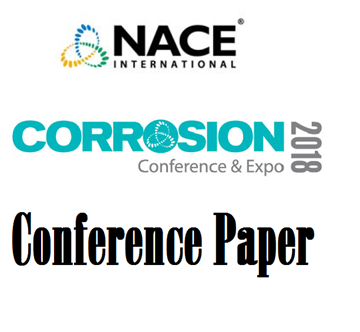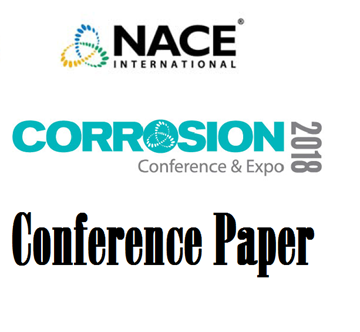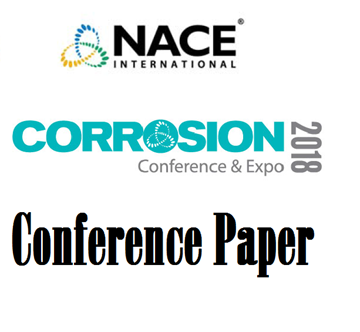Search
Products tagged with 'h2s'
View as
Sort by
Display
per page
51317--9615-MIC Prevention in Oxidizer Treated Water Systems: A Study on Relative Reaction Rates
Product Number:
51317--9615-SG
ISBN:
9615 2017 CP
Publication Date:
2017
$20.00
51317--9645-Sulfide Stress Cracking (SSC) Resistance of AISI 420 Modified (13Cr) Martensitic Stainless Steel Bar
Product Number:
51317--9645-SG
ISBN:
9645 2017 CP
Publication Date:
2017
$20.00
51318-10548-Localized Corrosion of Mild Steel in Marginally Sour Environments
Product Number:
51318-10548-SG
Publication Date:
2018
$20.00
51318-10632-Pitting corrosion on high-Mn steel alloyed with Ni and Cr in low H2S high CO2 high temperature and high Cl- environment
Product Number:
51318-10632-SG
Publication Date:
2018
$20.00
51318-10798-Development of a Practical Model for H2S Corrosion Prediction for Upstream Oil and Gas Applications
Product Number:
51318-10798-SG
Publication Date:
2018
$20.00
51318-10873-Influence of temperature and pH on SCC assisted by H2S susceptibility of 22%Cr duplex
Product Number:
51318-10873-SG
Publication Date:
2018
$20.00
51318-10918-Control of Corrosion Inhibitor Fouling in Highly Sour System
Product Number:
51318-10918-SG
Publication Date:
2018
$20.00
51318-10931-Impact of oxygen pollution on H2S corrosion and hydrogen permeation
Product Number:
51318-10931-SG
Publication Date:
2018
$20.00
51318-10956-Effect of production routes on SSC of 110 ksi 13Cr Super Martensitic Stainless Steel (SMSS)
Product Number:
51318-10956-SG
Publication Date:
2018
$20.00
51318-10970-Performance of API 5L X65 in a 'sweet' followed by 'sour' environment
Product Number:
51318-10970-SG
Publication Date:
2018
$20.00
51318-10984-INFLUENTIAL FACTORS RELATED TO LOCALIZED CORROSION OF MILD STEEL IN SLIGHTLY SOUR ENVIRONMENTS
Product Number:
51318-10984-SG
Publication Date:
2018
$20.00
51318-11058-Corrosion Behavior of Austenitic Stainless Steels and Nickel alloys in Simulated HT Geth. Environm.
Product Number:
51318-11058-SG
Publication Date:
2018
$20.00












